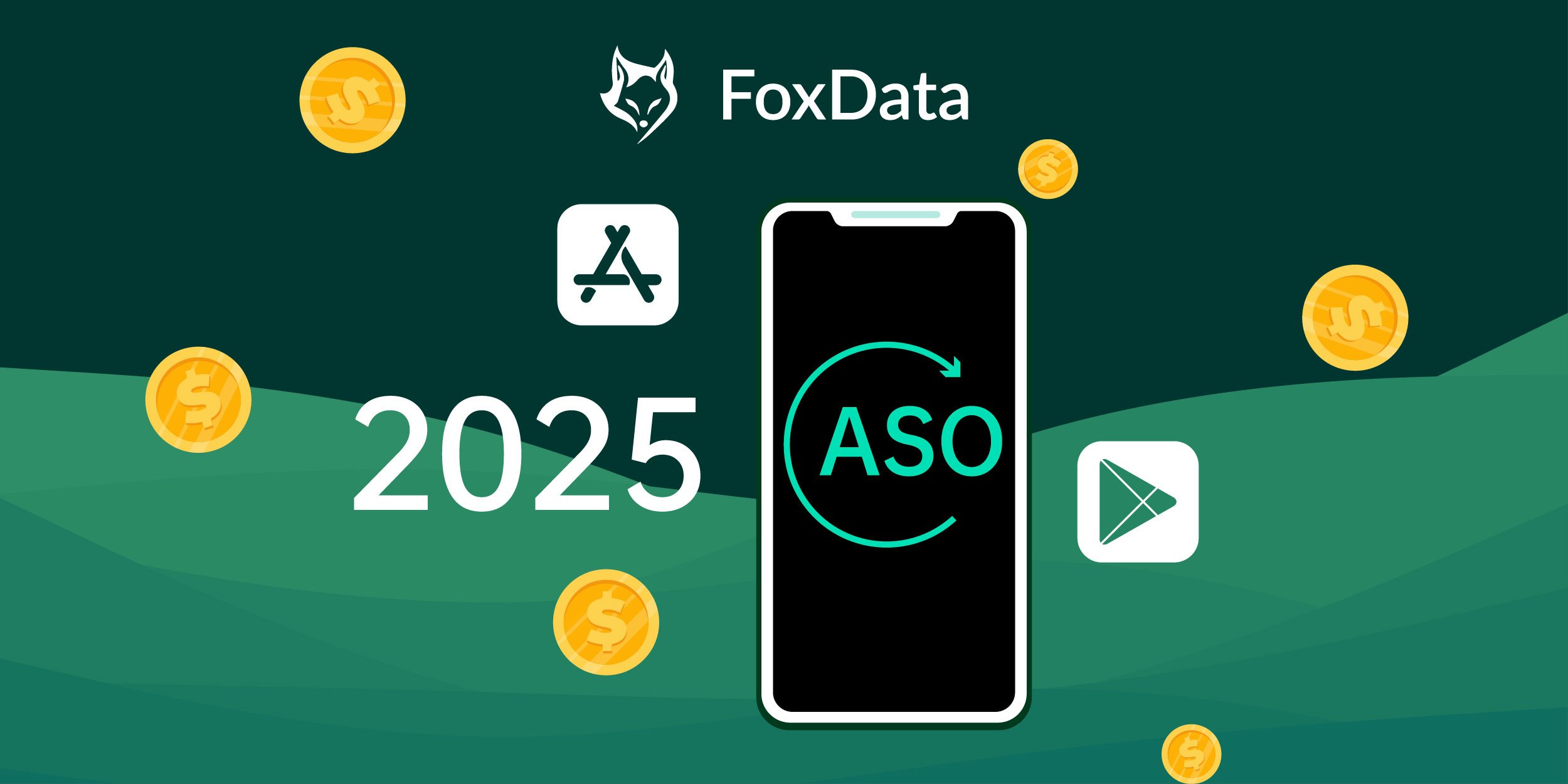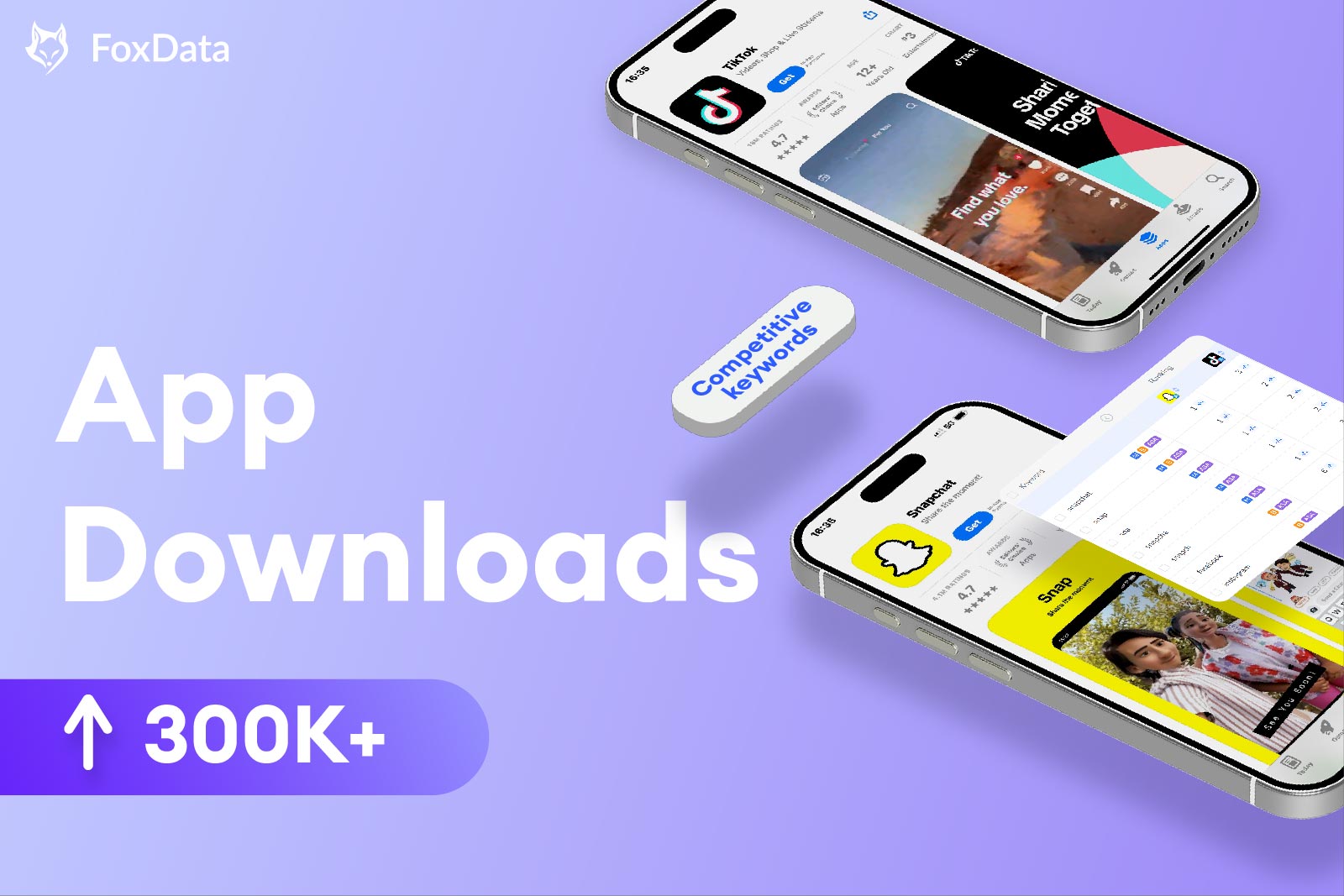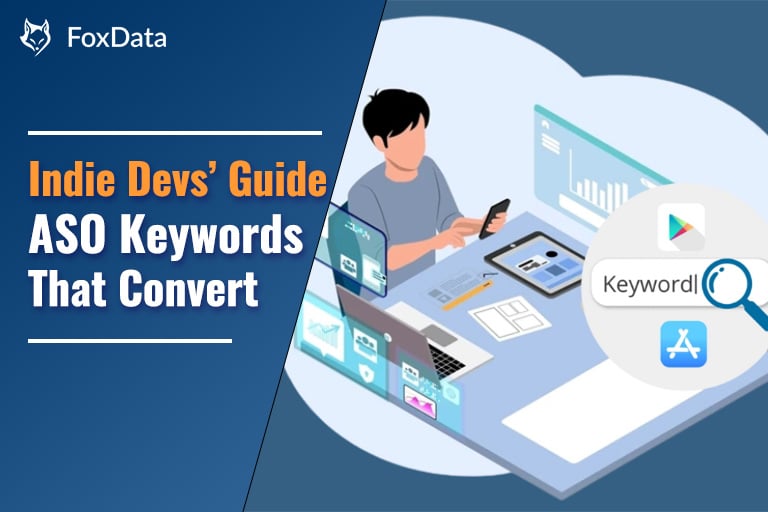How to Leverage Seasonality to Drive More Organic Downloads for Your App

Recently, we invited Julie Tonna, founder of Neo Ads, as a keynote speaker to discuss how leveraging data insights and practical strategies can drive seasonal growth in the App Store.
This article aims to provide a systematic strategic framework to help growth teams transform seasonality from a passive reactive variable into an actively managed, predictable, and optimizable growth engine.
The core lies in mastering a scientific, reproducible methodology to optimize resource allocation and maximize growth potential.
In the mobile app ecosystem, seasonality is not merely a matter of luck or uncontrollable external factors but a fundamental market dynamic.
It profoundly influences user demand, competitive landscape, and even the lifecycle of entire categories. Industry observations reveal that most applications—particularly in travel, e-commerce, education, and health sectors—experience significant cyclical fluctuations in user acquisition costs, user engagement, and monetization efficiency.
Temu's Black Friday Sale
PicCollage has prepared a Christmas-themed promotional video and screenshots.
Strategic Diagnosis — Quantifying the Seasonal Pulse of Your App
Before any strategic planning, a rigorous, data-driven diagnosis is essential to accurately assess the extent and patterns of seasonality's impact on your app. This diagnostic process forms the foundation for all subsequent decisions.
1. Search Trend Analysis: Forward-Looking Indicators of User Intent
App store search data offers the most direct and leading insights into changing user needs. The key is not only to identify seasonal keywords but also to precisely understand their lifecycle.
- Core Strategy: Monitor the year-over-year (YoY) changes in search popularity or volume indices for seasonal keyword clusters related to your value proposition (e.g., “summer fat loss,” “back-to-school essentials”).
Manual tracking is inefficient and cannot trace historical trends. Utilizing professional ASO platforms, such as FoxData enables real-time generation of multi-year search trend curves for any keyword, allowing you to clearly see when a trend begins to emerge, peaks, and declines, thus providing millisecond-accurate guidance for optimization pacing.
- In-depth analysis: Beyond core keywords, high-intent long-tail keywords (such as "summer island travel planning suitable for families") are a goldmine for attracting high-quality users.
An excellent keyword tool that provides search volume and competition analysis, significantly enhancing your efficiency in identifying blue ocean markets.
2. Category Insight: The extent to which your app is affected by the overall trends in its category.
- Core Strategy: Utilize FoxData to analyze your app’s monthly download and revenue trends over the past 2-3 years. By combining this with market trend analysis, you can promptly determine whether your growth or decline is driven by internal factors or broader industry movements.
- In-depth analysis: A frequently overlooked strategy is monitoring competitors' "seasonal rhythms."
When do your competitors update their icons? When do they incorporate seasonal keywords into their subtitles? These actions serve as critical market signals.
The App Profile feature in FoxData enables you to examine metadata configurations of competing products.
3. Historical Data Regression and In-App Behavior Analysis
Analyzing your own first-party data—such as DAU, LTV, and feature usage rates—is fundamental, but it typically only reveals "what happened." True strategic insights come from answering "why it happened," which requires integrating internal behavioral data with external market signals.
Let's consider a typical analysis scenario:
You discover through in-app data that the usage of the "Beach" filter experienced a significant peak in July. While this is a valuable observation, it alone does not guide future actions. At this point, the core task for the growth team is to deconstruct the underlying drivers of this phenomenon:
- Is this a reflection of natural market demand?
This necessitates external market intelligence tools. For example, by examining keyword trends on FoxData, you might find that search traffic for terms like "beach vacation" and "summer travel" peaked in late June. This establishes a critical logical link: users are making decisions and downloading in late June (user acquisition window), then frequently using the feature in July (engagement window). Your in-app data corroborates that you successfully captured this seasonal demand.
- How does this impact the competitive landscape?
Was your growth achieved in a relatively relaxed competitive environment, or through aggressive efforts? By analyzing the platform’s Meta Ad Creatives features, you may observe that your main competitors launched large-scale beach-themed advertising campaigns in early July.
Currently, the previously isolated data point—"Filter usage surged in July"—has evolved into a comprehensive, explainable strategic narrative:
We successfully identified the emerging demand in the 'beach vacation' market at the end of June, which translated into active users of our 'Beach' filters in July. However, we also observed that competitors only began large-scale promotion at the start of July, indicating that our actions may have been slightly ahead of the curve. This also serves as a warning that next year's competition will be more intense and advance.
Therefore, our growth strategy for next year should be to initiate pre-launch activities by mid-June, concentrate resources on user acquisition during the decision window in late June, and seize a larger market share before our competitors' actions.
Through this analysis, a simple historical data point has been transformed into a quantifiable, actionable, and forward-looking growth strategy. The prerequisite for completing this series of complex analyses is the use of professional tools capable of providing external signals such as keyword trends and competitor dynamics simultaneously.
Execution Blueprint—Building a Reproducible Seasonal Growth Timeline
Based on the first part's diagnosis, we can establish a Standard Operating Procedure (SOP) to translate strategy into executable actions, taking summer as an example.
Phase One: Preparation
Strategic Objective: Minimize execution risk and maximize resource efficiency.
- Strategy Formulation: Review existing data to set growth targets, core keyword matrices, and budget plans.
- Creative Asset Production: Develop multiple independent creative hypotheses. To avoid insular development, an efficient approach is to leverage advertising creative libraries available on platforms like FoxData. For example, you can filter by platform or material type to browse tens of thousands of successful ad creatives, providing valuable inspiration and direction for your design team, significantly increasing creative success rates.
Phase Two: Hypothesis Validation
Strategic Objective: Validate key assumptions through small-scale testing before full deployment to identify optimal solutions.
- Deploy A/B Testing: Use App Store Connect’s PPO feature to verify the conversion rates of creative assets.
- Precise Localization: When deploying CPP (Custom Product Pages), deep localization is necessary. For instance, data may show that the summer keyword hotspot in Japan is "Fireworks Festival" rather than "Beach Party."
Such culturally nuanced insights tailored to specific markets are the core value of professional market intelligence tools, ensuring your marketing investments hit the mark.
FoxData enables you to monitor keyword rankings across different countries.
Phase Three: Scaling Execution (Go Live)
Strategic Objective: Concentrate resources on the most validated, optimal solutions to maximize customer acquisition efficiency.
- Full Launch: Update metadata and direct traffic through channels like ASA to the matching CPP landing pages.
- Dynamic Monitoring: Competition during peak seasons changes rapidly. You need real-time tracking of rankings for core seasonal keywords. Upon detecting abnormal fluctuations or competitor movements, you should receive immediate alerts to respond promptly. This capability is essential for professional ASO monitoring tools.
Phase Four: Review and Knowledge Consolidation
Strategic Objective: Transform the experiences from this cycle into reusable knowledge assets to guide future decisions.
- End-to-End Attribution Analysis: Quantify and evaluate the results of the entire campaign, breaking down contributions by each keyword and creative.
- Institutionalized Reporting: Integrate all internal and external data, test results, and user feedback into a comprehensive review report. A robust data platform allows you to easily export charts and data, freeing you from tedious report creation and enabling you to focus more on strategic thinking.
Conclusion: Implement strategy and amplify intelligence with tools
Seasonality is one of the few predictable cyclical variables in the mobile app market. Mastering the “Diagnosis-Planning-Execution-Review” strategic framework outlined in this article enables your growth team to adapt smoothly to market changes and turn every seasonal wave into assured growth.
However, no matter how perfect a strategy is, poor execution efficiency can hinder achieving desired results. In today’s competitive environment, strategic wisdom must be combined with the efficiency of tools.
A professional growth intelligence platform does not replace strategic thinking but liberates you from tedious data collection and processing, allowing you to dedicate 100% of your focus to insights, decision-making, and innovation—elements that truly create value.
When you can effortlessly analyze market trends, accurately monitor competitor movements, and efficiently manage and optimize processes, your seasonal growth strategy truly gains the wings to take flight.
🎯Sign up for a free FoxData account now and instantly access your app's keyword coverage performance across global markets!






